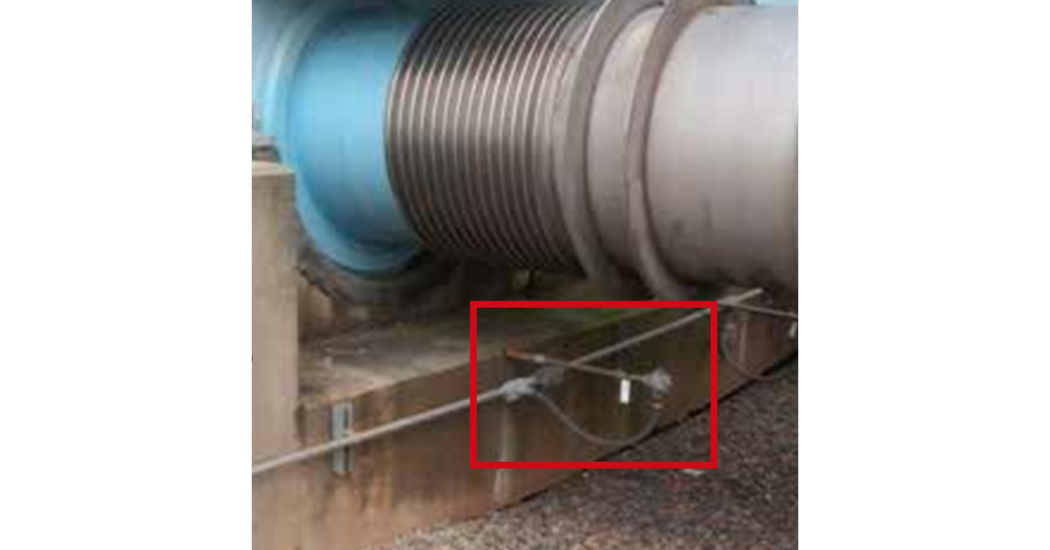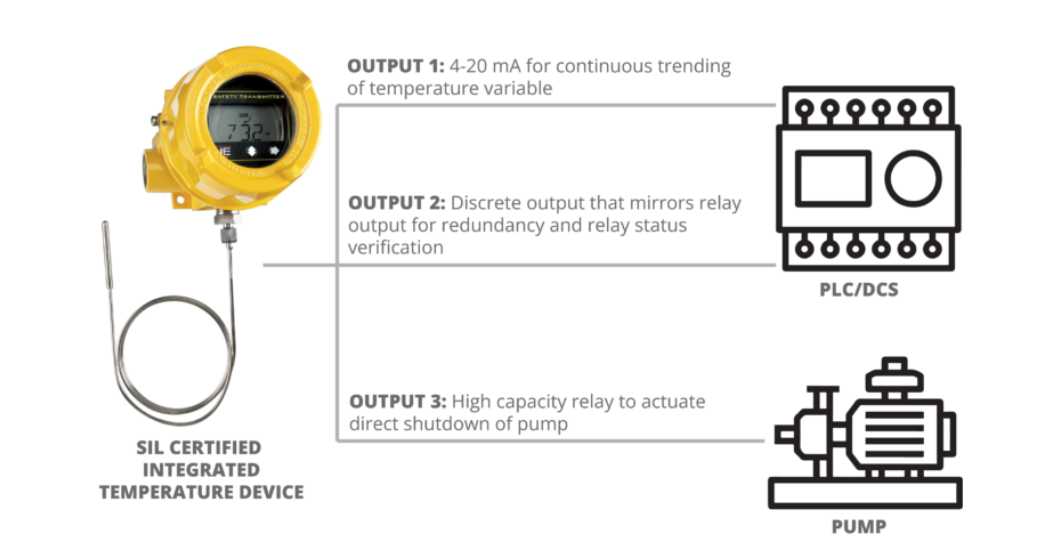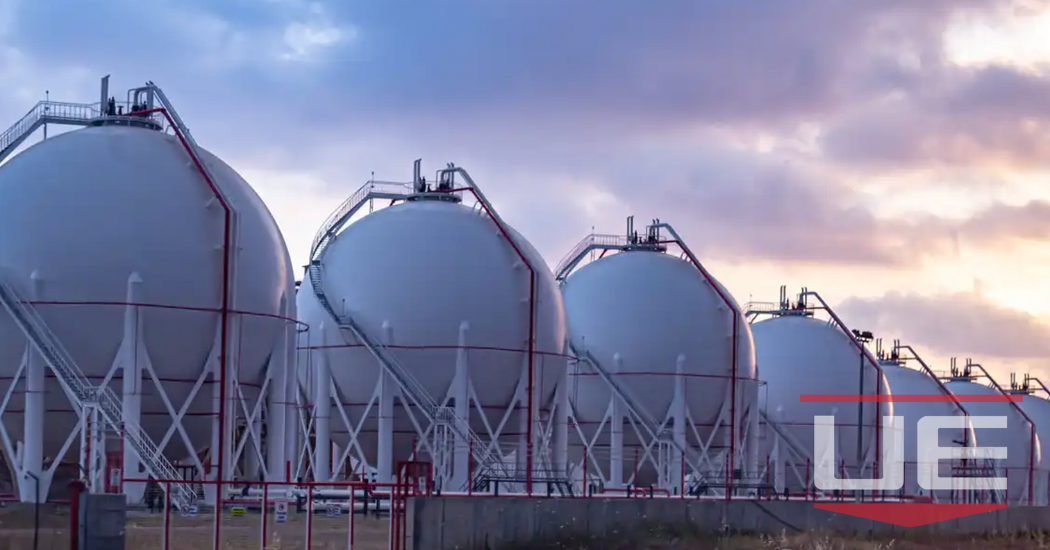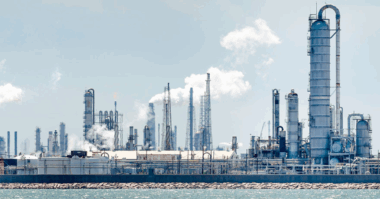In UE Control’s previous blog post, they looked at some considerations for a systematic instrumentation approach to detect leaks in LNG storage tanks. One such consideration was to deploy appropriate sensors and final elements for the application and the environment, including meeting the defined safety integrity level (SIL) for a given function. This second part of the two-part blog post looks at how an LNG operator used a SIL Certified Integrated Device to enhance LNG leak detection.
Challenge
LNG facilities are equipped with temperature sensors to detect leaks in wells and spillways within the dike containment area. A sudden drop in temperature detected by the temperature sensor indicates a loss of containment. This SIF is designed to initiate a plant-wide fire and gas (F&G) system to lay a blanket of foam in containment areas. In this hazard scenario, the SIF or SIFs would also de-energize equipment (e.g., compressors or pumps) so that no trace of LNG is pumped out of the containment area into neighboring municipal septic tank systems, as well as to minimize the likelihood of a vapor cloud finding an ignition source.
Sometimes during the colder winter months, these temperature sensors can become prone to failure due to snow and ice buildup. In addition, these are often standalone temperature sensors requiring a wire run to a remote distributed control system (DCS) or programmable logic controller (PLC) (Figure 1). As part of a plant improvement effort, one particular LNG operator decided to adopt a systematic approach towards LNG tank safety by implementing safety loops and deploying SIL certified integrated devices as an upgrade to many of its instruments, including temperature sensorFigure 1 : Temperature sensor to detect LNG leaks at base of LNG storage tank.

Figure 1 : Temperature sensor to detect LNG leaks at base of LNG storage tank.
Solution
By deploying an integrated SIL-certified temperature sensor-transmitter- switch (e.g., United Electric Control’s One Series Safety Transmitter with Safety Relay OutputEditSign, Figure 2), the LNG operator now has three safety variable outputs to detect an LNG leak and execute a safety action – a 4 to 20 mA signal, a programmable high-capacity solid state relay and a discrete output. This type of standalone SIS is a cost-efficient upgrade compared to an individual temperature sensor and offers more flexibility in terms of functions and data reporting, while minimizing sensor failures.

Figure 2 : Three outputs of a SIL certified integrated temperature device.
With this upgrade, the temperature sensor-transmitter-switch detects the change in temperature and initiates a direct emergency shutdown of the sump pump while simultaneously signaling the DCS to fill the dike containment area with foam to prevent the ignition of fugitive natural gas. By acting directly to shut down pumps, the LNG operator achieves faster system response times and greater risk reduction. A voting mechanism of these safety devices could be employed to maximize availability.
For further questions about this case study, please contact productmanagement@ueonline.com




